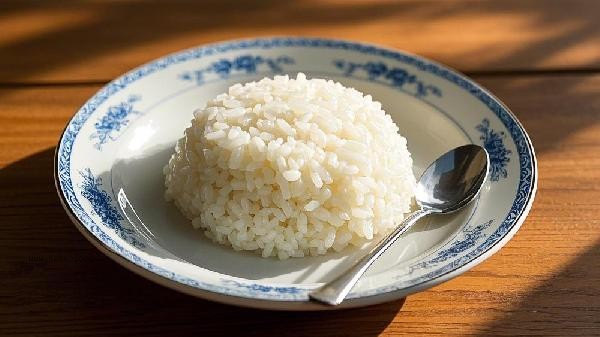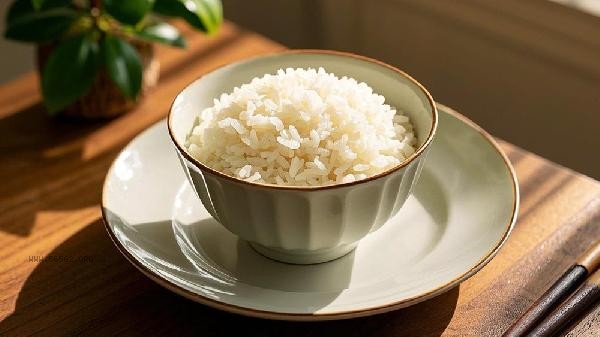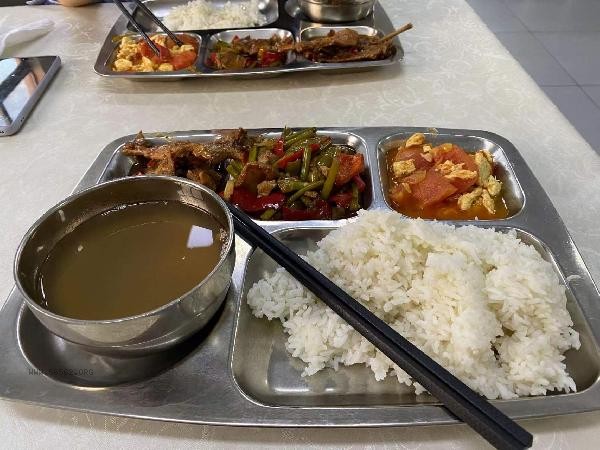The best methods for steaming rice include controlling the ratio of rice to water, selecting suitable rice varieties, soaking the rice in advance, controlling the heat time, and key steps in the cooking process.

1. Rice to water ratio
The optimal volume ratio of rice to water is 1:1.2 to 1:1.5, as the high water content of new rice can reduce the amount of water. Excessive water can cause rice to be too soft and sticky, while insufficient water can easily cause undercooked rice. Can be measured using the finger joint method: the water surface is about the first joint of the index finger above the rice level. Different varieties of rice have different water absorption rates, and japonica rice usually requires more water than indica rice.
2. Selection of Rice Varieties
Short grain japonica rice has moderate viscosity, suitable for daily cooking, and long grain fragrant rice is suitable for making Fried Rice. Northeastern rice grains are plump and suitable for people who like a chewy texture, while Thai fragrant rice has a special aroma. Avoid using inferior rice with a high rate of broken or aged rice. Fresh rice has higher starch activity and a better taste after steaming.
3. Soaking treatment
After washing, soak the rice grains for 20-30 minutes to fully absorb water, which can be extended to 1 hour in winter. Soaking can reduce cooking time and promote uniform starch gelatinization. Be aware that soaking for too long can cause nutrient loss on the surface of the rice grains. It is necessary to refrigerate in summer to prevent spoilage. Whole grains such as brown rice need to be soaked for at least 2 hours.

4. Temperature control
After boiling on high heat, reduce the heat to low and steam slowly to avoid continuous boiling that may cause the rice soup to overflow. The traditional steamer maintains a stable automatic program for 15-20 minutes after being heated, while the rice cooker's automatic program is more stable. During the steaming process, avoid frequent opening of the lid as steam leakage can affect the rice's ripeness. Using thick bottomed cookware can better maintain a constant temperature.
5. Stewed rice technique
After turning off the heat, continue to simmer for 10 minutes and use the remaining temperature to evenly distribute the moisture. Use a rice spoon to loosen the rice along the edge of the pot to help dissipate heat and avoid bottom coking. When simmering, a clean towel can be used to cover the pot lid to absorb condensed water. Refrigerate overnight rice and sprinkle a small amount of water when steaming to restore its taste. Steamed rice can be paired with miscellaneous grains to enhance its nutritional value, such as quinoa or millet. Attention should be paid to diabetes patients to control the intake of white rice, and brown rice can be used instead. Freshly cooked rice should not be consumed immediately as excessive temperature may damage the esophageal mucosa. Rice should be refrigerated within 2 hours and fully heated before consumption. Regularly clean the inner pot of the rice cooker to prevent bacterial growth and avoid scratching the coating with a metal spatula.









Comments (0)
Leave a Comment
No comments yet
Be the first to share your thoughts!